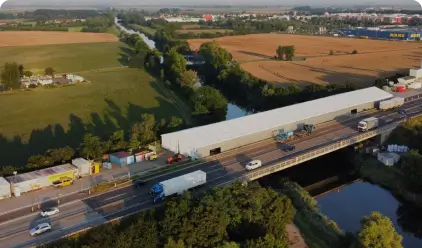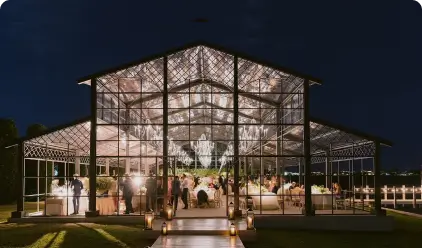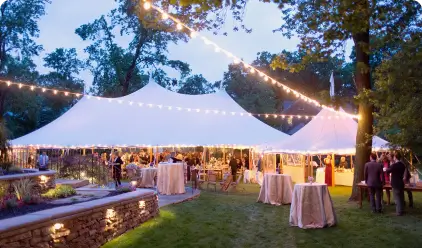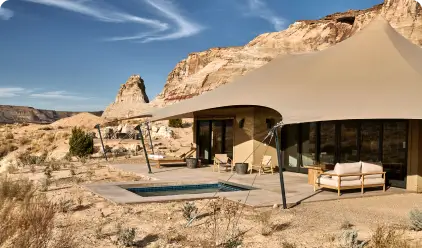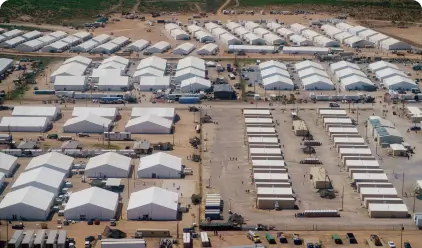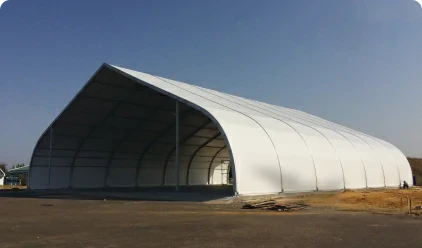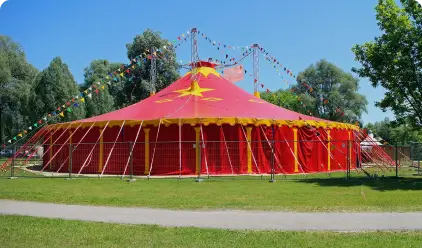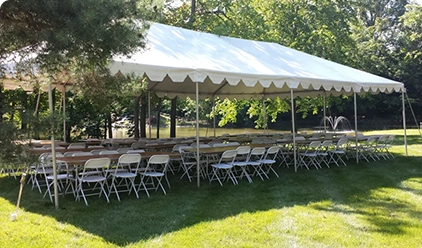Frame Tent vs Pole Tent: What’s the Difference?
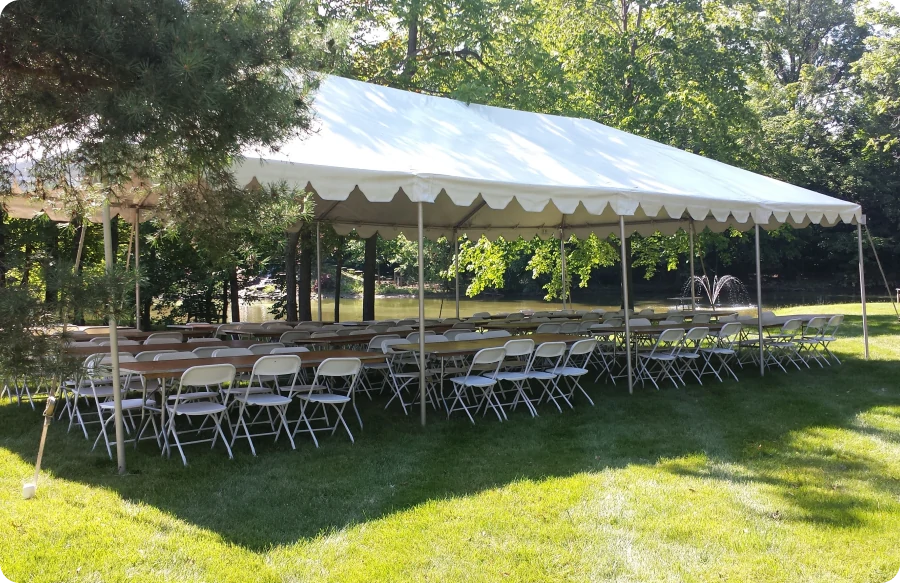
Looking for a Frame Tent or a Pole Tent?Sheltent is a leading manufacturer of parties and events tents, and with nearly one decade of industry experience, we are committed to providing you with perfect tent solutions.Our frame tent has no centre pole design to provide more usable space, suitable for various event layouts, while our pole tent relies on center and side poles supporting the frame and is especially easy to set up.
What Is a Pole Tent?

Set up
Ground Surface
- Pole tents are best suited for soft surfaces like grass or sand. This allows the stakes to be securely driven into the ground, providing the necessary tension.
Site Selection
- Choose a flat and level area to avoid uneven tension on the fabric, which could lead to sagging.
- Ensure the area is free of sharp objects, rocks, or anything that could damage the tent fabric.
Anchoring Method
After choosing a clean, flat and soft ground surface, you can use stake to anchor the pole tent, which is a truly effective way to ensure the tent's stabiltiy. The number of stakes depends on the number of side poles.
When anchoring, lay out a tarp on the tent to protect it. Stakes need to be laid out around the side poles' perimeter, spaced 5 to 7 feet apart, and then driven into the ground.
Then, go around each side pole and reinforce the tent with a ratchet until it's tight.
Stability
As we have mentioned before, the pole tent needs to be installed on a soft, dry surface to maintain stability. It is not well suited for use on concrete surfaces.
On top of that, the pole tent's aluminum frame also contributes to overall stability in heavy winds and rain. Aluminum has strong, lightweight properties that make pole tents suitable for various temporary trade shows and retail, withstanding harsh weather and protecting food and goods.
Precautions
Although pole tents are designed to withstand certain wind speeds, in strong winds or severe weather (such as hurricanes), it is recommended to check the weather forecast before the event, follow safety instructions, and evacuate the tent if necessary.
Moreover, before and during use, regularly check the structure and anchoring of the tent to ensure that there is no damage or loose areas to improve its safety in severe weather.
Pros and Cons of Pole Tent
- Pole tents usually have a towering roof and elegant appearance. It is suitable for various celebrations and events and can enhance the overall atmosphere of the venue.
- Pole tents can be built on different terrains and are suitable for a variety of venues such as grass and beaches.
- The high roof design of the pole tent allows for better air circulation and is suitable for use in warm weather.
- Pole tents need to be set up on soft grass.
- In some cases, pole tents may require additional weights or fixings to ensure the stability of the tent.
What Is Frame Tent?

Set up
- Make sure the site you choose is flat, dry, and free of obstructions.
- Clear the site and remove rocks, tree roots, and other objects that may affect the installation of the tent.
- Assemble the parts of the frame together, usually including the pillars and beams, according to the instructions.
- Make sure all joints are secure and check the integrity of the frame.
- Lay the tent fabric on the frame, making sure the fabric is evenly covered and there are no tears or damage. Fasten the edges of the tent fabric to the frame.
- If using side walls, hang them on the edges of the tent according to the instructions and ensure they are firmly fixed.
Anchoring Method
Stability
Pros and Cons of Frame Tent
- Frame tents can be set up on various surfaces, including grass, concrete, and asphalt, making them suitable for a wide range of locations.
- Frame tents have no center poles, providing unobstructed space inside. This is ideal for events where you need to maximize usable space for seating, decorations, or activities.
- Frame tents are designed to withstand various weather conditions, offering good protection against rain and UV rays, making them a reliable choice for outdoor events.
- Frame tents are generally more expensive than pole tents, which may be a consideration for budget-conscious planners.
Is A Pole Tent vs A Frame Tent Better for Your Events?
- What kind of event vibe do you want?
- Is there a requirement for flexibility in the layout?
- What are the local climatic conditions?
- What is the surface of the event venue?
- How much do you plan for the tent cost?
Choose the Right Tent Types from Sheltent!


H2 Frame vs Pole Tent: Conclusion




























